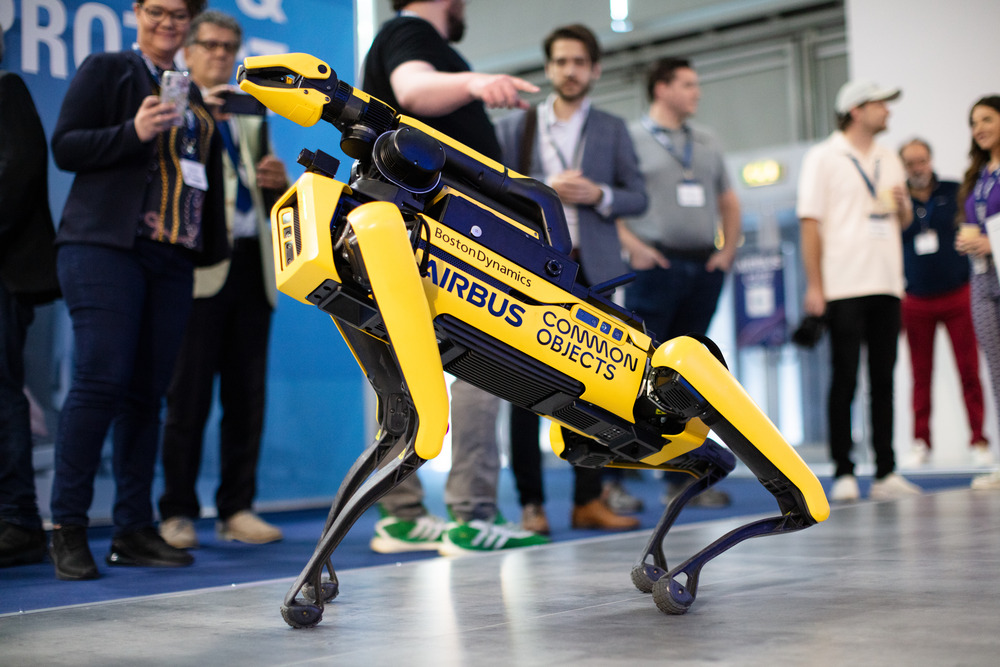Scientists have utilized stem cell programming to create models of human embryos. These models provide a glimpse into a critical stage of development. They offer valuable insights into genetic disorders and strategies to prevent early pregnancy failures.
The second week of human development is a crucial stage when the embryo implants into the uterus
It is during this time that birth defects and genetic diseases can potentially arise. Unfortunately, this phase has been largely understudied due to the difficulty of observing the tiny embryo in live patients. Donations from IVF patients are valuable for research, but their availability is limited and subject to strict ethical regulations.
The model was created by a team led by biologist Magdalena Zernicka-Goetz and Bren Professor of Biology and Biological Engineering at Caltech.
Published in the journal Nature and reported by Caltech, this study represents a noteworthy stride forward in comprehending human embryology. The findings have promising implications for various fields of research.
Scientists have developed models of human embryos that consist of the majority of cells needed for development, including precursors to germ cells and supportive cells for important structures. However, to comply with ethical guidelines and legal restrictions, the models purposely lack brain and beating heart cells. This limitation prevents their development beyond the 14-day mark.
“Our human embryo-like model, created entirely from human stem cells, gives us access to the developing structure at a stage that is normally hidden from us due to the implantation of the tiny embryo into the mother’s womb,” said Professor Magdalena Zernicka-Goetz, lead author of the study. “This exciting development allows us to manipulate genes to understand their developmental roles in a model system. This will let us test the function of specific factors, which is difficult to do in the natural embryo.”






